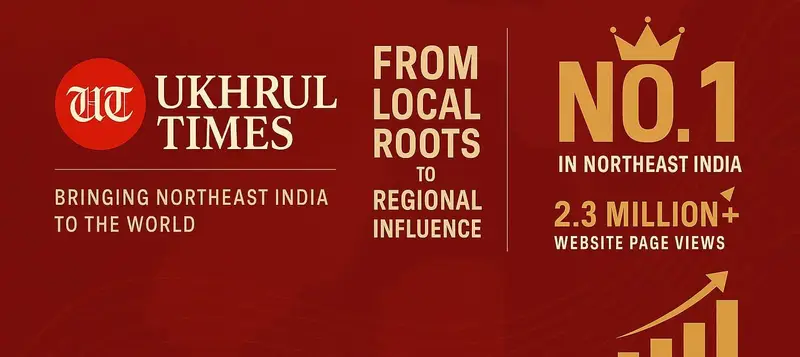Now Reading: UT Explained: FAQ about Free Movement Regime (FMR)
-
01
UT Explained: FAQ about Free Movement Regime (FMR)
UT Explained: FAQ about Free Movement Regime (FMR)

Q 1. What is Free Movement Regime (FMR)
The Free Movement Regime (FMR) is a bilateral agreement between India and Myanmar (Burma) that permits residents living near the border to travel up to 16 kilometers into each other’s territory without a visa. Initially established by a government notification in 1968, the free movement zone extended to 40 kilometers on either side of the border, but this was later reduced to 16 kilometers in 2004. The provisions of the FMR were last updated in 2016.
Q 2. What is the total length of the border shared between India and Myanmar?
The two countries shares 1643 kilometers. On the India side, the India-Myanmar border passes through the States of Arunachal Pradesh (520 km), Nagaland (215 km), Manipur (398 km), and Mizoram (510 km).
Q 3. When was the Indo-Myanmar boundary formalized?
The erection of boundary pillars began in 1897 following the signing of the 1896 Burma-India Boundary Agreement between British India and British Burma. However, the boundary pillars were officially formalized under the Indo-Burma Boundary Agreement of 1967 between India and Myanmar. Signed on March 10, 1967, this agreement officially demarcated the border between the two nations.
Also read | Scrapping of FMR, a Final Betrayal of Naga Sovereignty: Prof. Rosemary Dzuvichu
Q 4. Why did the Central government of India and the state government of Manipur decide to fence this international border?
The two reasons given by the Home Ministry of India for fencing the border was internal security of the country and to maintain the demographic structure of India’s North Eastern States.
The real agenda of the GoI, as per MHA report, is to weaken the National Movement of the Nagas in particular and NE in general. In the 2011-12 annual report, the MHA observed that, FMR makes the international border extremely porous, and the hilly and inhospitable terrain provides cover to the activities of various Indian Insurgent Groups (IIGS). The unfenced Indo-Myanmar border with FMR is thus being exploited by various IIGs.
Furthermore, the Government of India views this porous region as a hub for drug trafficking, arms smuggling, and rising insurgent activity across the India-Myanmar border. This concern has prompted a reassessment of the Free Movement Regime (FMR).
Q 5. Why are the Nagas, Mizos, Kuki-Zo and other ethnic groups of the Northeast opposed to fence the international border?
Many tribes perceive themselves as stemming from the same ancestral lineage and maintain strong cultural ties. Moreover, most communities belong to the same ethnic groups and linguistic families. People residing along both borders have historically relied on each other for local trade, social gatherings, and even intermarriage.
Also read | Public Rally Held in Longwa to Protest Against Border Fencing Organized by Naga People’s Front
A significant portion of Northeast India, including Manipur and Assam (with present-day Nagaland and Mizoram then being part of Assam), was under the rule of Burmese kings from the Konbaung dynasty until the First Anglo-Burmese War. The war concluded with the signing of the Treaty of Yandabo in 1826, which led to the creation of an arbitrary boundary that divided the ancestral lands of ethnic communities without their consent.
Despite this demarcation, there has been continuous free movement of people, particularly among transborder tribes. The independence of India in 1947 and Burma (now Myanmar) in 1948 did not disrupt these cross-border interactions. The tribes living on both sides have maintained their ethnic, social, and cultural connections while also contributing to the economic well-being of the region for generations. For these ethnic communities, the international border is seen as a colonial construct that has forcibly separated their families and kin. The recent decision to end the Free Movement Regime (FMR) and erect fences along the India-Myanmar border is viewed as an unacceptable measure that disregards their historical ties and way of life.
Also read | Tangkhul Naga Community Protests Border Fencing, Demands Restoration of Free Movement Regime; Submits MoU to PM Modi
Today, approximately one-third of the total Naga population resides in Myanmar, including over 30 Tangkhul Naga villages, more than 50 villages of Khiamniungan Naga, and a considerable number of Konyak. The Singphos of Arunachal Pradesh have their counterparts in Myanmar, while the Zomis of Manipur and Mizoram and Kukis of Manipur share close social, cultural, and political ties with around 40 or more subtribes of Myanmar.

















